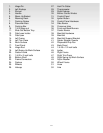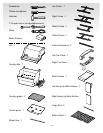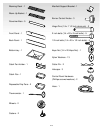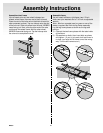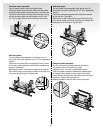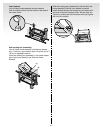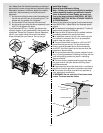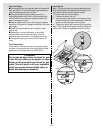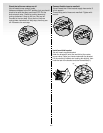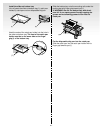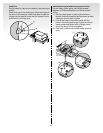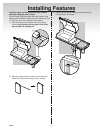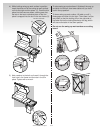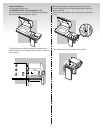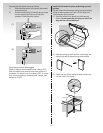Special offers from our partners!

Find Replacement BBQ Parts for 20,308 Models. Repair your BBQ today.

Buy Weber Grill Parts. It couldn't be easier. Find your Weber parts here.
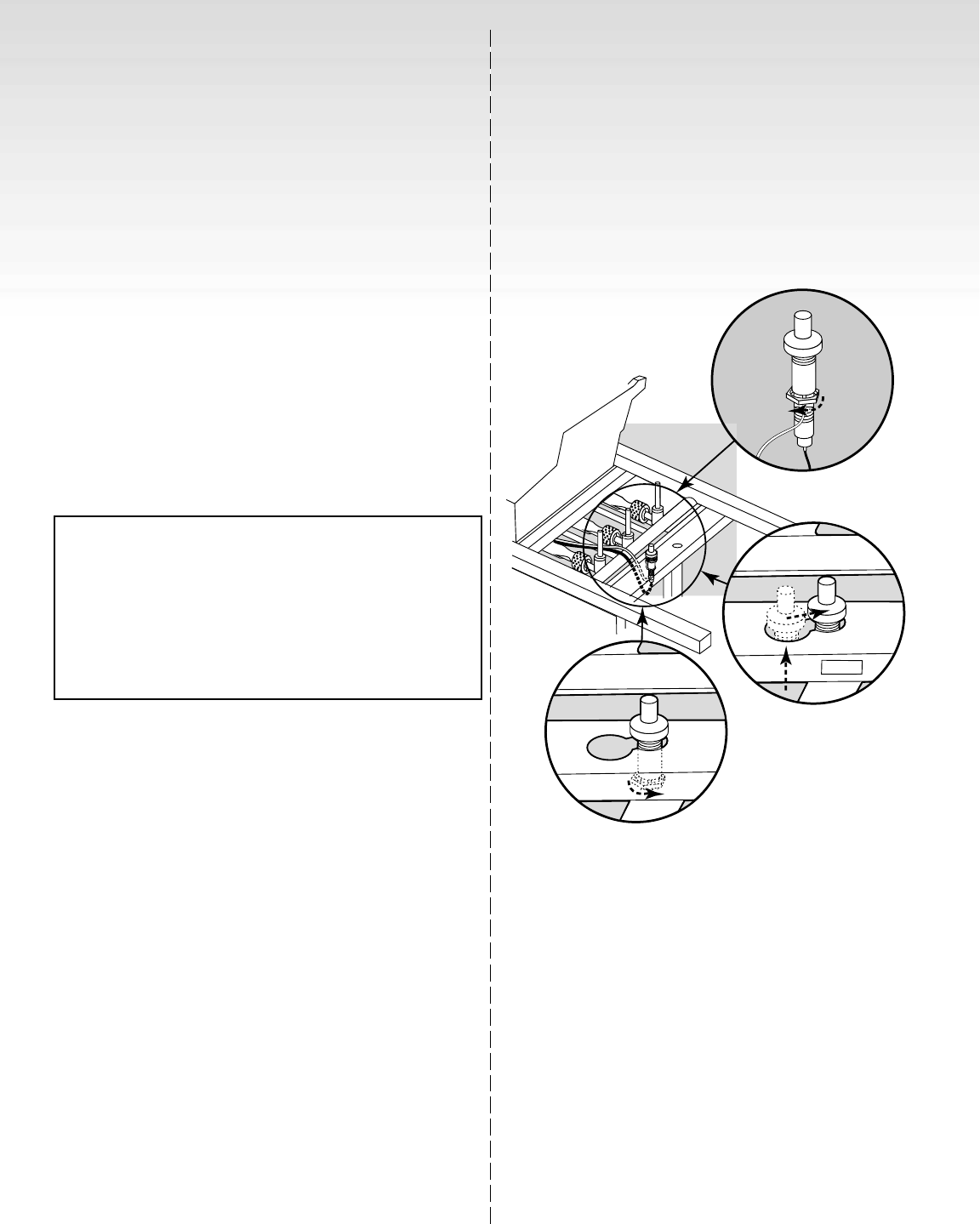
B-5
Install igniter
Note - The igniter wires are already attached to the
Gas Catcher Ignition Chamber and the igniter. This
was done to factory test the ignition system.
The igniter lock nut is on the igniter.
1) Loosen the igniter lock nut.
2) Insert the top of the igniter up through the large
part of the keyhole in the frame brace. Slide the
igniter into the small part of the keyhole.
3) Tighten the igniter lock nut back onto the igniter.
Note - If the igniter works loose, carefully tighten the
igniter lock nut with an adjustable wrench or pliers.
(1)
(2)
(3)
Gas Line Piping
■ If the length of the line required does not exceed 50
feet, use a 5/8" O.D. tube. One size larger should be
used for lengths greater than 50 feet.
■ Gas piping may be copper tubing, type K or L;
polyethylene plastic tube, with a minimum wall thick-
ness of .062 inch; or standard weight (schedule 40)
steel or wrought iron pipe.
■ Copper tubing must be tin-lined if the gas contains
more than 0.3 grams of hydrogen sulfide per 100 cubic
feet of gas.
■ Plastic tubing is suitable only for outdoor, under-
ground use.
■ Gas piping in contact with earth, or any other
material which may corrode the piping, must be
protected against corrosion in an approved manner.
■ Underground piping must have a minimum of 18"
cover
Test Connections
All connections and joints must be thoroughly tested
for leaks in accordance with local codes and all listed
procedures in the latest edition of ANSI Z223.1
ƽ
DANGER
Do not use an open flame to check for gas
leaks. Be sure there are no sparks or open
flames in the area while you check for gas
leaks. This will result in a fire or explosion
which can cause serious bodily injury or
death and damage to property.



